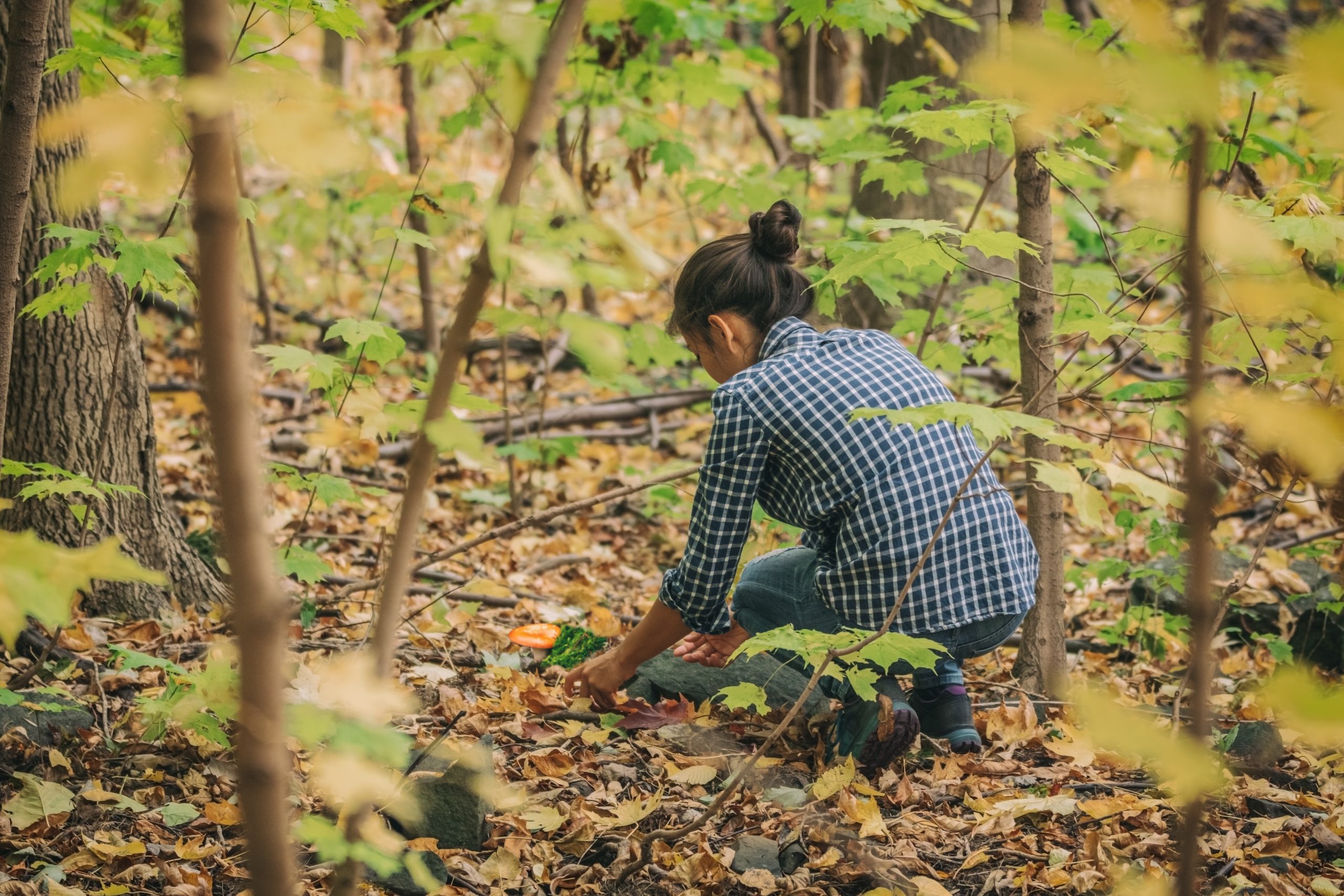News
Study praises community-led environmental monitoring efforts and calls for state level funding and protections

News | Oct 2022
Dr Finn Danielsen from the Nordic Foundation for Development and Ecology (NORDECO) and UNEP-WCMC Chief Scientist Prof Neil Burgess discuss the findings of their comprehensive new study into the power of community monitoring.
From the world’s tropics to the poles, community monitoring of the environment is rapidly increasing.
Community monitoring is monitoring where local community members, often environmentally interested fishermen, hunters, farmers, forest product collectors and other resource users, gather and use data on natural resource systems and the environment.
A new study published in Annual Review of Environment and Resources has collated the key academic learnings about local-level community monitoring of the environment from the past five years and calls for government decision-makers to step up efforts to provide policy support for this vital activity on the ground.
The study, led by NORDECO and co-authored by UNEP-WCMC, reviewed the advantages and shortcomings of community monitoring, suggested how the activity can be more effective and discusses how the field of community monitoring is likely to evolve.
The authors draw together the writings on community monitoring of the environment in four bodies of literature – citizen science, adaptive management, common property, and democratic accountability literature – and we explored what community monitoring of the environment can learn from other community monitoring efforts that gathers data on other topical global challenges, ranging from climate change and natural disasters to social welfare and health.
We found that introducing community monitoring to 400 randomly selected communities in six countries led to measurable reductions in resource extraction and increases in user satisfaction.
For example, introducing community monitoring led to reductions in deforestation in Liberia, Peru, and Uganda. Likewise, introducing community monitoring led to reductions in pollutants in water in China and Costa Rica; and reductions in water use in Brazil and Costa Rica. Importantly, the associated increase in user satisfaction suggests that, under community monitoring, although users may sacrifice some short-term resource use they are nevertheless more satisfied.
In recent years, the use of Indigenous and local knowledge for informing decision-making has received increased attention. Likewise, new approaches have been proposed to address global environmental challenges – such as Nature-based Solutions, Other Effective Area-based Conservation Measures, and holistic Convivial Conservation activities.
If new approaches are not to repeat the mistakes of past interventionist-based conservation, they will need to involve community members and their knowledge. The findings from our study suggest a way forward for those conservation scholars and practitioners who want to connect community members’ knowledge with conservation action.
Alarmingly, we also found that persecution of community members for defending their land and the environment has been increasing. Since 2002, more than 2,200 people have been killed in 57 countries, mostly those with authoritarian rule.
When properly designed and carefully tailored to local issues, community monitoring can provide quality data, cost-effectively and sustainably, while simultaneously building capacity among local constituents and prompting practical and effective management interventions. But these programs must also be more widely recognised for their benefits, and the community monitors more widely protected.
Our study concludes with a call for government decision-makers around the world to step up efforts to develop legal frameworks and dedicated funding – as well as providing government staff time – to support the use of community monitoring of the environment for planning and decision-making on natural resource management.
Have a query?
Contact us
communications@unep-wcmc.org
